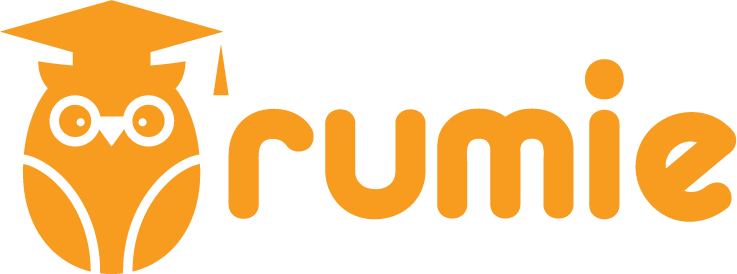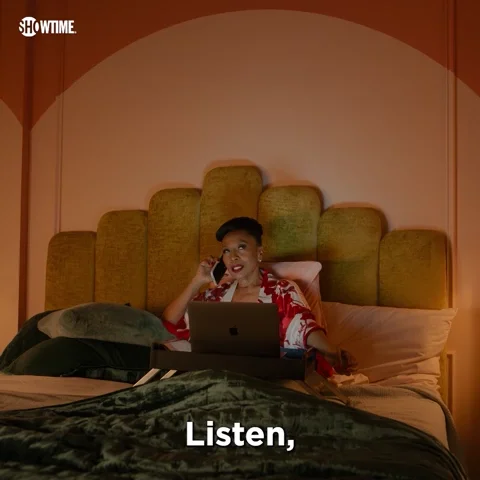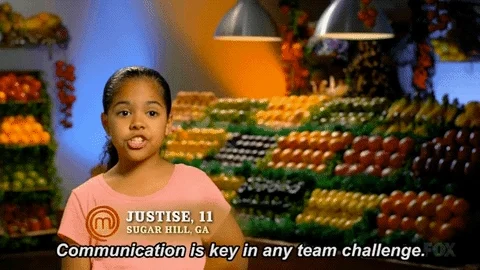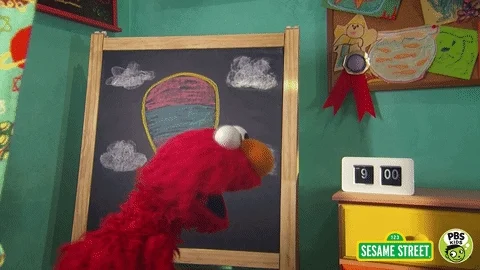
This logo isn't an ad or affiliate link. It's an organization that shares in our mission, and empowered the authors to share their insights in Byte form.
Rumie vets Bytes for compliance with our
Standards.
The organization is responsible for the completeness and reliability of the content.
Learn more
about how Rumie works with partners.
Need to present an idea to your colleagues? Pitch a new product to your customers?
Your ability to convey the information in a clear and concise manner can make or break the deal!

But not everyone is born with the gift of the gab, and that's okay.
Fortunately, there are several strategies you can use to communicate your ideas in a way that will resonate with others.
Why is effective communication important for your ideas?

Effective communication helps you transmit ideas to others in a way that is clear, concise, and easily understood.
Communicating your ideas effectively will:
Reduce the chance of confusion or misunderstanding
Build relationships with others based on shared interests and goals
Articulate your vision and inspire others
Help teams work together to achieve a common goal
You need to use the right communication tools and strategies to meet these challenges.

1. Know your audience
Before you share your ideas, it's important to know who you're communicating with!
Tailor your message according to the needs, wants, and preferences of your audience.

Research to determine your audience's demographics, interests, and needs
Ask questions about their preferences, concerns, and challenges
Send surveys and analyze your survey data to identify trends and insights
Attend events or meetings to observe their behaviors and reactions
Example: Imagine you're a teacher presenting a new lesson to your students.
Tailoring your lesson to your students' learning preferences can help them better understand and retain the information.
2. Use visual aids
Example: Imagine you're a salesperson presenting a new product to a potential client.
Using a graph to demonstrate the product's sales performance can help the client visualize your product's potential and make an informed decision.
3. Tell a story
Stories help engage your audience and make the information more memorable!

Make sure your story supports the key idea you want to convey.
Share genuine personal stories, or anecdotes that reflect your experiences.
Use images, props, or videos to help the audience visualize your story.
Example: Imagine you're a marketer promoting a new product.
Telling a story about how your product has benefitted another customer can help potential customers relate and consider purchasing it.
4. Use analogies
An analogy is a comparison between two things that are different, yet have a similar relationship.
"To hope is to fly. Although you cannot see it, you are aware that it is what keeps you going."
Using an analogy to explain or clarify a complex idea or concept can make your idea more relatable.

Choose an appropriate analogy that's relevant to your topic.
To help your audience grasp the concept, create a connection between the unfamiliar concept and something more familiar to them.
For example, if you're teaching students to write an essay, you could tell them that the outline of an essay is like the foundation of a building. It's important to build first and will act as a support to the rest of the process.
Use clear language and ensure that the audience understands both the analogy and the underlying concept you're trying to convey.
Example: Imagine you're a scientist explaining a black hole to a layperson.
Use an analogy like this: "Just as a drain sucks in water and doesn't let it escape, a black hole sucks in matter and doesn't let it escape." This will help people better understand the concept.
Sample scenario: sales pitch

Imagine you're a sales representative for a new startup company that developed a revolutionary mobile app.
Your task is to pitch the app to a group of investors at a business conference.
The application allows users to track and reduce their carbon footprint through their daily activities.
The investors are mostly from the technology sector, but they have diverse backgrounds and may not have prior knowledge about environmental issues.
Options:
A) Explain to the investors how the app is built on a scalable cloud infrastructure that helps improve user retention rates.
B) Provide a detailed written report on the environmental impact of the app.
C) Explain to the investors that reducing carbon footprint is like trying to reduce weight. Just like how you need to eat fewer calories and exercise more to lose weight, you need to use less energy and consume fewer resources to reduce your carbon footprint.
D) Show a demo of the app on a mobile device, highlighting its features and benefits.
Quiz
Which communication methods would be most effective for pitching the app to the investors? Select all that apply:
Option C is effective because the analogy helps explain the complex concept in a relatable and understandable way. Option D is also effective because the visual aid can illustrate the app interface and how it works, making it easier for the investors to understand its value.
Take Action
Effectively communicating your ideas will increase the likelihood that your audience will accept and embrace them.

This Byte has been authored by
Preetha Kalyana Venkata Ramanan
Learning Experience Designer




